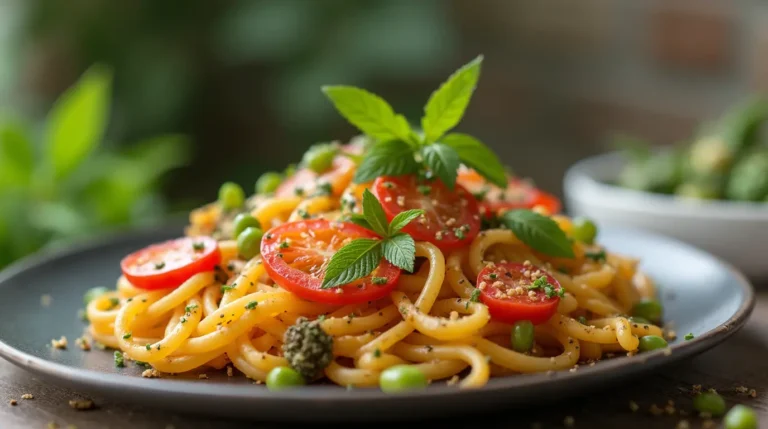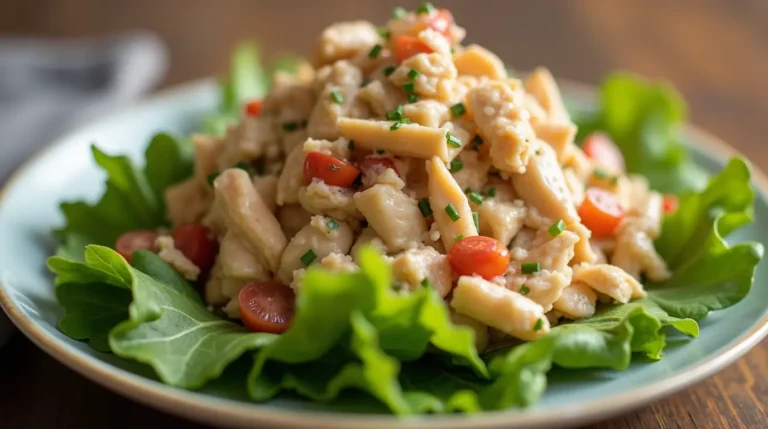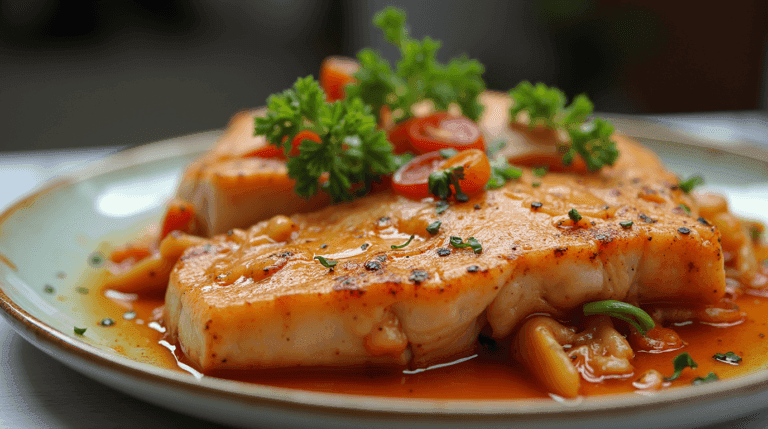How to Master Grandma’s Cheap Recipes in 5 Steps
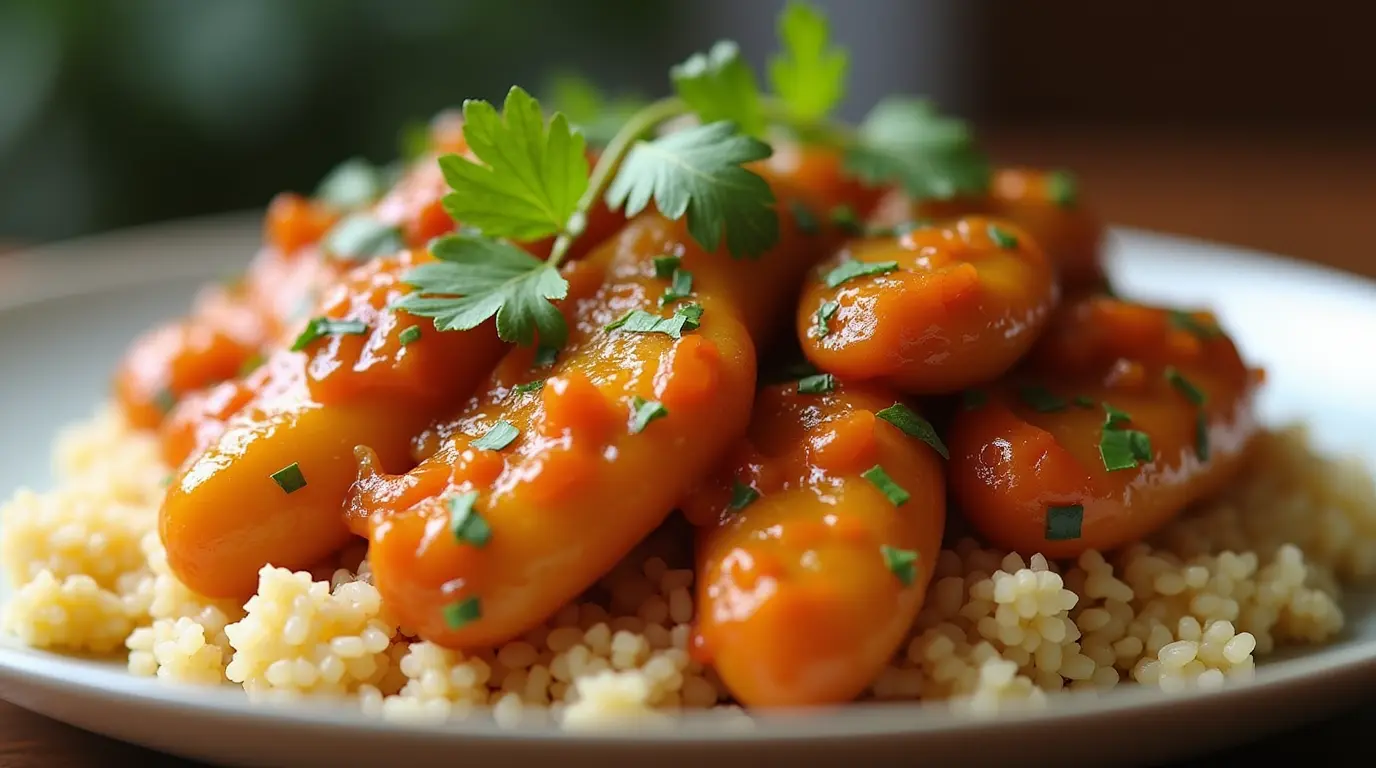
Grandma’s cheap recipes
Table of Contents
How to Master Grandma’s Cheap Recipes in 5 Steps
Introduction
Have you ever wondered why your grandmother’s meals tasted so amazing even though they used the simplest ingredients? How did she transform basic pantry staples into hearty, soul-warming dishes that the whole family looked forward to? The secret lies in grandma’s cheap recipes, perfected through generations of home cooking wisdom.
In today’s world of expensive meal kits and specialty ingredients, there’s something truly special about returning to the budget-friendly cooking methods our grandmothers mastered. These timeless techniques not only save money but create dishes filled with flavor, comfort, and love.
This guide will walk you through five simple steps to master grandma’s cheap recipes, using ingredients that won’t break the bank but will satisfy your taste buds and nourish your family. Whether you’re trying to stretch your grocery budget or simply want to reconnect with traditional cooking methods, these grandma-approved recipes and techniques are the perfect solution.
Overview: What Makes Grandma’s Cheap Recipes Special
Grandma’s cheap recipes stand out because they transform humble ingredients into delicious meals through simple cooking methods and clever combinations. These recipes typically require basic kitchen skills, making them perfect for beginners while still satisfying experienced cooks.
Time Requirement: Most grandma’s cheap recipes take between 30 minutes to 1 hour of active cooking time. Many dishes, like stews and soups, need additional simmering time but require minimal attention.
Difficulty Level: Easy to moderate. The techniques are straightforward, focusing on basic cooking methods like boiling, sautéing, and baking.
Cost Factor: Very budget-friendly, using inexpensive cuts of meat, seasonal vegetables, dried beans, and pantry staples.
Grandma’s cheap recipes are special because they embody the “waste-not, want-not” philosophy. They often use leftover ingredients creatively and stretch proteins by combining them with filling starches and vegetables. The simplicity of these recipes doesn’t mean they lack flavor—quite the opposite! They rely on slow cooking methods and foundational flavor builders like onions, garlic, herbs, and broths to develop rich, satisfying tastes.
Step 1: Master the Essential Ingredients
The backbone of grandma’s cheap recipes relies on affordable, versatile ingredients that can be transformed in countless ways. Understanding these foundational elements will help you create delicious meals on a budget.
Pantry Staples
Every collection of grandma’s cheap recipes begins with these essential pantry items:
- Flour: Used for thickening soups and stews, making gravies, and baking bread
- Rice: A filling base that pairs with almost any protein or vegetable
- Dried beans and lentils: Affordable protein sources that can be the main event or stretch meat further
- Pasta: Versatile, filling, and the foundation for countless grandma’s cheap recipes
- Canned tomatoes: The base for sauces, soups, and casseroles
- Potatoes: Can be boiled, mashed, roasted, or added to soups and stews
- Onions and garlic: Flavor foundations that begin almost every traditional recipe
- Carrots and celery: The aromatic base for soups, stews, and many one-pot meals
- Chicken or vegetable broth: Adds depth and flavor to many dishes
Budget-Friendly Proteins
Grandma knew how to make the most of affordable proteins:
- Chicken thighs and drumsticks: More flavorful and juicy than breast meat, and much cheaper
- Ground beef or turkey: Versatile and can be stretched further with breadcrumbs or oats
- Eggs: An incredibly versatile and complete protein source
- Canned tuna or salmon: Makes quick work of casseroles and patties
- Cheaper cuts of meat: Chuck roast, pork shoulder, or chicken quarters that become tender with slow-cooking
Why These Ingredients Matter
These ingredients form the foundation of grandma’s cheap recipes because they’re:
- Affordable and widely available
- Versatile enough to use in multiple dishes
- Shelf-stable or have a long refrigerator life
- Filling and nutritious
Grandma’s cheap recipes often take simple ingredients like these and transform them through technique rather than fancy additions. The magic happens in how these basic ingredients are combined and cooked to develop flavor.
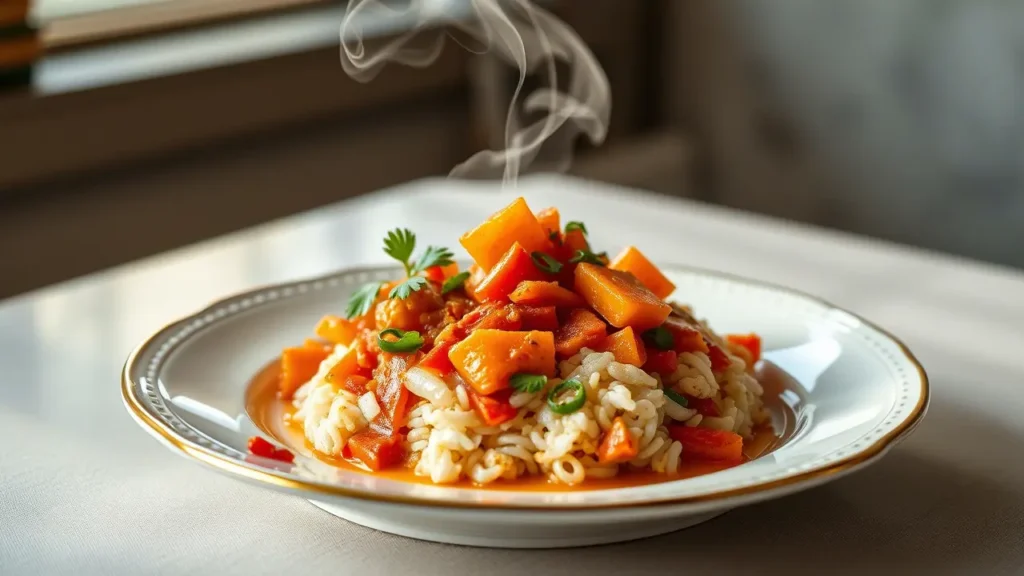
Substitutions and Variations
One of the beautiful aspects of grandma’s cheap recipes is their flexibility. If you don’t have an ingredient, there’s usually a suitable substitute:
- No fresh vegetables? Frozen vegetables work just as well in most recipes
- Out of beef? Try chicken, turkey, or even beans for a vegetarian option
- No white flour? Whole wheat flour or cornstarch can thicken sauces
- Missing cream? Evaporated milk makes a budget-friendly substitute.
Learning to substitute ingredients is essential to mastering grandma’s cheap recipes, as it allows you to use what you have on hand rather than making special trips to the store.
Step 2: Learn the Foundational Cooking Techniques
Grandma’s cheap recipes rely on simple cooking methods that develop flavor and transform basic ingredients into delicious meals. Mastering these techniques will help you recreate her magic in your kitchen.
The Power of Slow Cooking
Many of grandma’s cheap recipes use slow cooking methods to tenderize tough cuts of meat and develop rich flavors:
- One-pot stews: Combining meat, vegetables, and potatoes in a single pot allows flavors to meld while creating minimal dishes
- Braising: Slow-cooking meat in liquid transforms tough cuts into tender, flavorful meals
- Simmering soups: A pot of soup simmering on the stove can stretch a small amount of meat into a meal for the whole family
Tip: Don’t rush the process. Many grandma’s cheap recipes improve with longer cooking times, allowing flavors to develop fully.
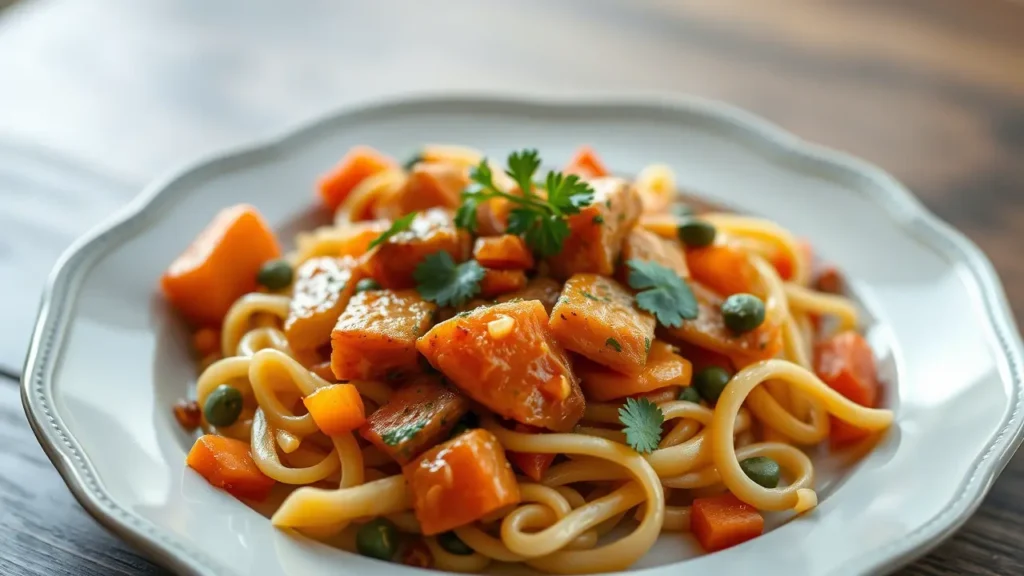
Building Flavor Bases
Almost all grandma’s cheap recipes start with a flavor base:
- Begin by sautéing onions, carrots, and celery (the classic “mirepoix”)
- Add garlic once the vegetables have softened
- Include herbs like bay leaves, thyme, or rosemary
- Deglaze the pan with broth or a splash of vinegar to capture all the flavors
This simple technique builds a foundation that makes even the most basic ingredients taste special.
Stretching Proteins
Grandma knew how to make a little meat go a long way:
- Add beans, lentils, or rice to ground meat for more filling portions
- Use meat as a flavoring ingredient rather than the main component
- Incorporate eggs to add protein to vegetable dishes
- Create casseroles where a small amount of protein is distributed throughout
Many grandma’s cheap recipes feature “peasant cuts” of meat that become tender through proper cooking techniques, saving money while maximizing flavor.
Bread-Making Basics
Making bread from scratch is a cornerstone of grandma’s cheap recipes:
- Basic bread requires just flour, water, salt, and yeast
- Quick breads use baking powder instead of yeast for faster results
- Biscuits and dumplings can turn a simple soup into a complete meal
Learning to make bread not only saves money but provides a satisfying skill that connects you to cooking traditions.
Step 3: Master Five Classic Grandma’s Cheap Recipes
Now that you understand the ingredients and techniques, let’s explore five classic recipes that showcase grandma’s budget-friendly cooking wisdom.
1. Hearty Bean and Ham Soup
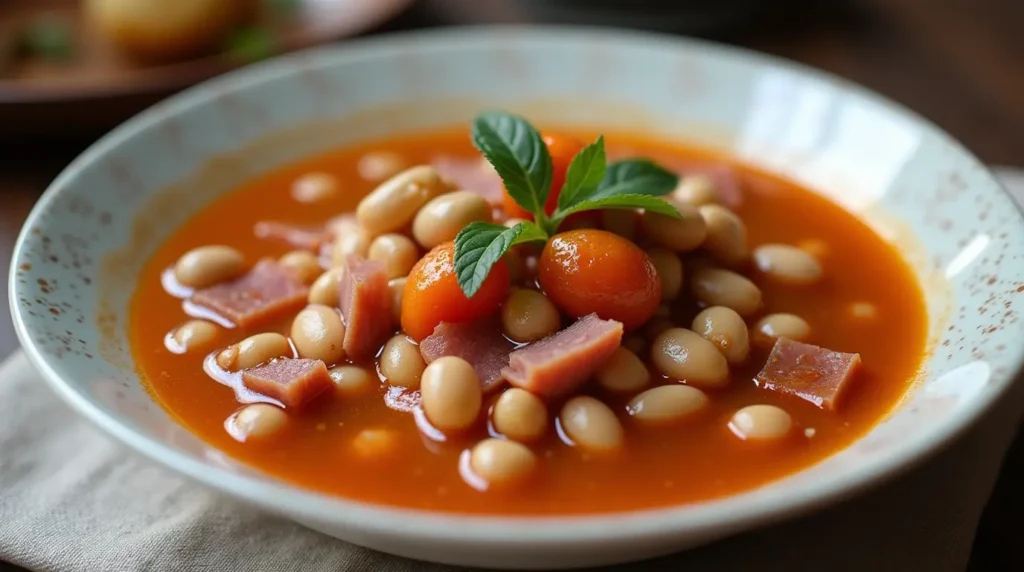
This quintessential grandma’s cheap recipe transforms a ham bone and dried beans into a filling meal.
Ingredients:
- 1 ham bone with some meat (leftover from a previous meal)
- 2 cups dried navy or great Northern beans, soaked overnight
- 1 onion, diced
- 2 carrots, diced
- 2 celery stalks, diced
- 2 cloves garlic, minced
- 1 bay leaf
- Salt and pepper to taste
- Water or chicken broth
Instructions:
- In a large pot, combine the beans, ham bone, onion, carrots, celery, garlic, and bay leaf
- Cover with water or broth by about 2 inches
- Bring to a boil, then reduce to a simmer
- Cook for 2-3 hours, until beans are tender and soup has thickened
- Remove the ham bone, shred any meat, and return to the pot
- Season with salt and pepper
Why This Works: The long, slow cooking extracts flavor from the ham bone while softening the beans. The result is a thick, protein-rich soup that costs just pennies per serving.
2. Classic Potato Casserole
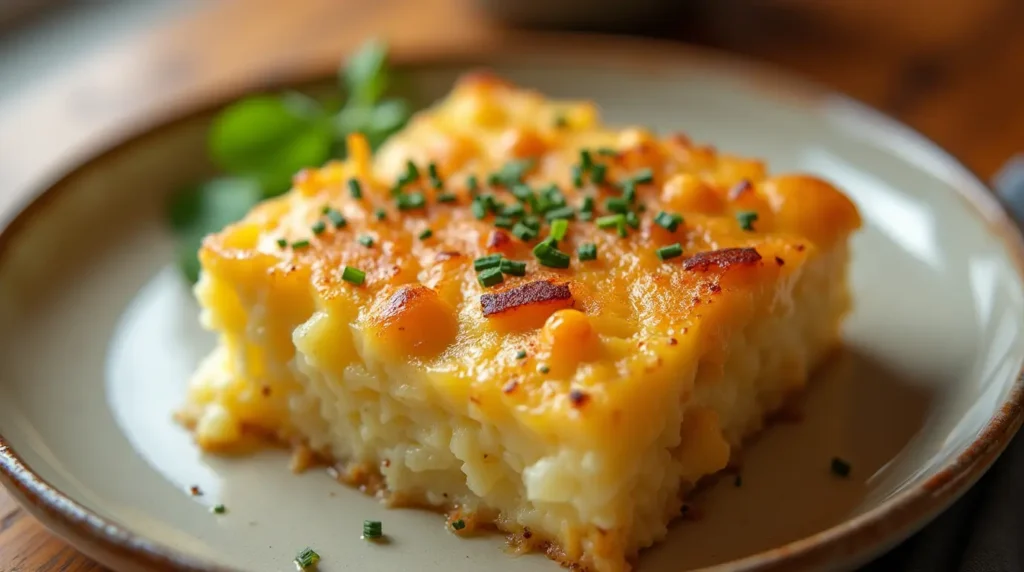
This versatile grandma’s cheap recipe can be a side dish or main course.
Ingredients:
- 6 medium potatoes, thinly sliced
- 1 onion, thinly sliced
- 2 tablespoons flour
- 2 tablespoons butter
- 1 cup milk
- 1 cup grated cheese (optional)
- Salt and pepper to taste
Instructions:
- Preheat oven to 350°F
- Layer potatoes and onions in a greased casserole dish
- Sprinkle each layer with a little flour, salt, and pepper
- Dot with butter
- Pour milk over everything
- Cover and bake for 45 minutes
- Uncover, add cheese if using, and bake for 15 more minutes until golden
Why This Works: Potatoes absorb the milk and seasonings while baking, creating a creamy texture without expensive ingredients. Adding cheese elevates the dish, but it’s optional in true grandma’s cheap recipe style.
3. Stretch-the-Meat Meatloaf

This grandma’s cheap recipe makes a little ground meat to feed many mouths.
Ingredients:
- 1 pound ground beef
- 1 cup oats or breadcrumbs
- 1 egg
- 1 onion, finely chopped
- 1 carrot, grated
- 1 celery stalk, finely chopped
- 1 tablespoon Worcestershire sauce
- 1/2 cup ketchup or tomato sauce
- Salt and pepper to taste
Instructions:
- Preheat oven to 375°F
- Mix all ingredients except 1/4 cup of the ketchup
- Form into a loaf in a baking dish
- Spread the remaining ketchup on top
- Bake for 1 hour until cooked through
Why This Works: The oats or breadcrumbs and vegetables bulk up the meat while adding moisture and flavor, creating a filling meal that stretches one pound of meat to feed 6-8 people.
4. Versatile Cabbage Rolls
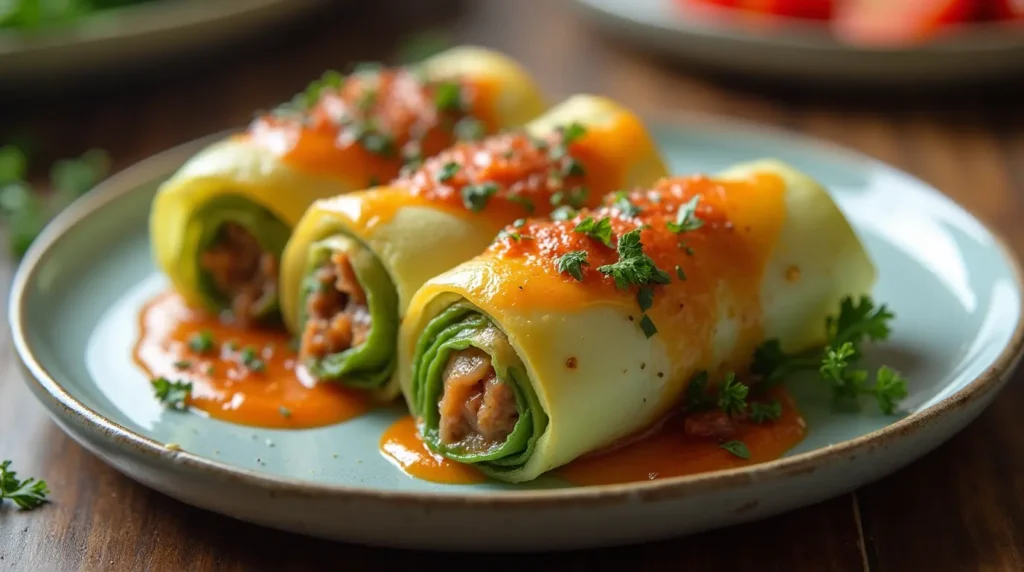
This adaptable grandma’s cheap recipe can use any ground meat or even just rice and vegetables.
Ingredients:
- 1 head cabbage
- 1/2 pound ground meat (beef, pork, or turkey)
- 1 cup cooked rice
- 1 onion, finely chopped
- 1 egg
- 1 can tomato sauce
- Salt and pepper to taste
Instructions:
- Boil the whole cabbage for 5 minutes to soften the leaves
- Mix meat, rice, onion, egg, and seasonings
- Place a spoonful of filling in each cabbage leaf and roll up
- Arrange in a baking dish, pour tomato sauce over
- Cover and bake at 350°F for 1 hour
Why This Works: Cabbage is one of the most economical vegetables available, and this recipe stretches a small amount of meat with rice to create a filling, nutritious meal in true grandma’s cheap recipes tradition.
5. Depression-Era Chocolate Cake (No Eggs, Milk, or Butter)
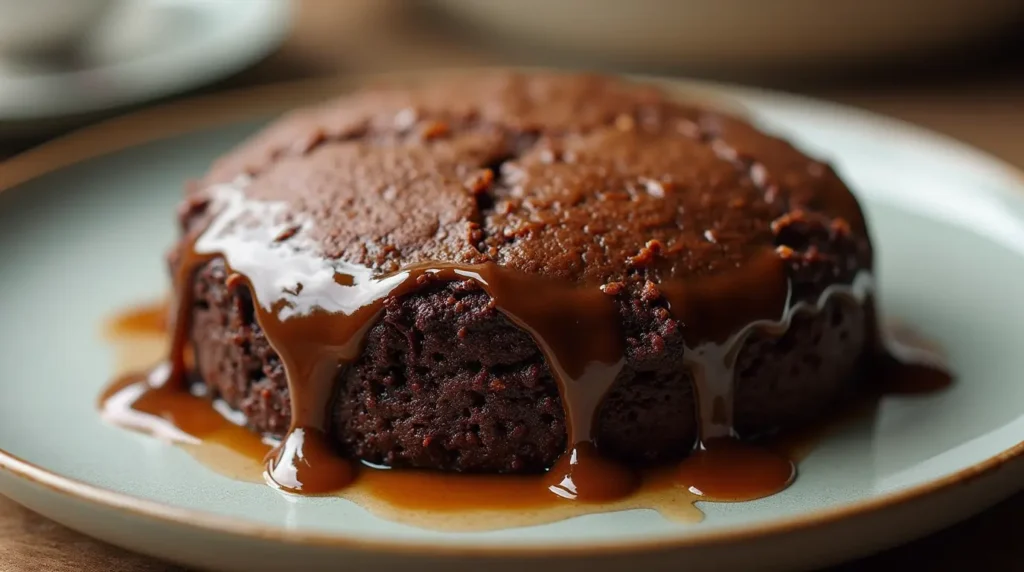
This famous grandma’s cheap recipe emerged during hard times when dairy products were scarce.
Ingredients:
- 1 1/2 cups flour
- 1 cup sugar
- 3 tablespoons cocoa powder
- 1 teaspoon baking soda
- 1/2 teaspoon salt
- 1 tablespoon vinegar
- 1 teaspoon vanilla
- 5 tablespoons vegetable oil
- 1 cup water
Instructions:
- Preheat oven to 350°F
- Mix dry ingredients in a baking pan
- Make three wells in the mixture
- Pour oil in one well, vinegar in another, and vanilla in the third
- Pour water over everything and mix until smooth
- Bake for 30-35 minutes
Why This Works: The vinegar reacts with the baking soda to create lift, while the oil provides moisture. This cake proves that grandma’s cheap recipes can include desserts, even when expensive ingredients aren’t available.
Step 4: Master the Art of Food Storage and Stretching Meals
A crucial part of mastering grandma’s cheap recipes is learning how to properly store food and create multiple meals from one cooking session.
Storage Solutions for Grandma’s Cheap Recipes
Proper storage extends the life of your budget-friendly meals:
- Cool food completely before refrigerating to prevent bacterial growth
- Use glass containers when possible, as they don’t absorb odors or stains
- Label everything with contents and date to track freshness
- Freeze in portion sizes that make sense for your household
- Leave headspace in containers when freezing liquids to allow for expansion
Many of Grandma’s cheap recipes improve after a day in the refrigerator as flavors meld and develop.
Transforming Leftovers
Grandma rarely served the same meal twice in a row. Instead, she transformed leftovers into new dishes:
- Sunday roast chicken becomes Monday’s chicken soup and Tuesday’s chicken salad
- Extra rice transforms into rice pudding for dessert
- Leftover vegetables go into frittatas, soups, or casseroles
- Stale bread becomes bread pudding, croutons, or breadcrumbs
Learning to see leftovers as ingredients for new meals rather than just reheating the same dish is key to mastering grandma’s cheap recipe approach to food.
Make-Ahead Components
Prepare basic components ahead of time to make grandma’s cheap recipes even more convenient:
- Cook a big batch of beans to use throughout the week
- Make basic tomato sauce to use in multiple dishes
- Prepare a double batch of soup and freeze half for later
- Cook extra rice or potatoes to repurpose in different meals
This batch cooking approach saves both time and money while ensuring you always have the foundations for a quick meal.
Preserving Seasonal Abundance
Traditional grandma’s cheap recipes often incorporate preserved foods:
- Can tomatoes when they’re in season and inexpensive
- Freeze berries and fruit when they’re at their peak
- Pickle excess vegetables for later use
- Make jams and jellies from seasonal fruit
Learning these preservation techniques allows you to buy at the lowest prices and enjoy the ingredients throughout the year.
Step 5: Adapt Grandma’s Cheap Recipes for Modern Tastes
While traditional recipes are wonderful, adapting grandma’s cheap recipes to suit contemporary tastes and dietary needs can make them even more useful.
Adding Global Flavors
Grandma’s cooking techniques work beautifully with international ingredients:
- Add curry powder to a basic vegetable soup
- Incorporate soy sauce and ginger into a simple chicken and rice dish
- Use Italian herbs in a basic bean soup
- Add Mexican spices to transform leftover meat and beans
The fundamentals of grandma’s cheap recipes remain the same while new flavor profiles keep meals interesting.
Dietary Adaptations
Many of Grandma’s cheap recipes can be adapted for modern dietary needs:
- Gluten-free: Use rice, potatoes, or gluten-free flour instead of wheat
- Vegetarian/Vegan: Replace meat with beans, lentils, or tofu
- Dairy-free: Use coconut milk or other plant-based alternatives
- Low-carb: Focus on protein and vegetable-forward dishes
The principles of using simple, affordable ingredients still apply, even with dietary restrictions.
Time-Saving Modifications
Update grandma’s cheap recipes to fit busy modern schedules:
- Use a slow cooker or pressure cooker to reduce active cooking time
- Prep ingredients in advance for quicker weeknight cooking
- Make larger batches and freeze portions for later use
- Simplify steps when the traditional method is too time-consuming
Grandma’s cooking principles work well with modern cooking equipment and time-saving techniques.
Healthier Versions
Make simple adjustments to improve the nutritional profile while maintaining the budget-friendly nature:
- Reduce salt and sugar in traditional recipes
- Incorporate more vegetables into meat-heavy dishes
- Use whole grains instead of refined ones
- Reduce fat content where it won’t impact flavor significantly
These modifications honor the spirit of grandma’s cheap recipes while aligning with contemporary nutrition knowledge.
Creative Variations on Classic Grandma’s Cheap Recipes
Once you’ve mastered the basics, try these creative spins on traditional dishes:
Soup Variations
- Bean Soup: Add kale or spinach for extra nutrition
- Potato Soup: Try a southwestern version with corn and green chilies
- Chicken Soup: Create an Asian-inspired version with ginger and star anise
Casserole Innovations
- Potato Casserole: Add cauliflower for a lower-carb option
- Tuna Casserole: Use quinoa instead of noodles for a protein boost
- Vegetable Casserole: Create a Mediterranean version with olives and feta
One-Pot Meal Makeovers
- Rice and Beans: Add coconut milk and Caribbean spices
- Stew: Create a Moroccan version with chickpeas and warm spices
- Pasta and Sauce: Add roasted vegetables for a more substantial meal
The beauty of grandma’s cheap recipes is their adaptability—once you understand the principles, you can create endless variations that suit your taste while honoring the budget-friendly tradition.
Conclusion: Embracing the Wisdom of Grandma’s Cheap Recipes
Mastering grandma’s cheap recipes is about more than just saving money—it’s about connecting with culinary traditions that emphasize resourcefulness, creativity, and making the most of simple ingredients. These five steps—understanding essential ingredients, learning foundational techniques, mastering classic recipes, storing food properly, and adapting to modern tastes—provide you with all the tools you need to cook delicious, budget-friendly meals.
The wisdom behind Grandma’s cheap recipes remains as relevant today as it was generations ago. In a world of rising food costs and busy schedules, these time-tested methods offer a practical approach to feeding yourself and your family well without breaking the bank.
I encourage you to experiment with these recipes, making them your own by incorporating your family’s favorite flavors and ingredients. The greatest honor you can give to grandma’s cheap recipes is to keep them alive by passing them on to the next generation, perhaps with your special twist.
Remember that the most important ingredient in grandma’s cheap recipes was always love—the care taken to transform humble ingredients into nourishing meals that bring people together around the table. That’s a tradition worth preserving, no matter your budget.
Frequently Asked Questions About Grandma’s Cheap Recipes
Q: How do I make grandma’s cheap recipes even more budget-friendly?
A: Shop seasonally, buy in bulk when items are on sale, use dried beans instead of canned, and incorporate more plant-based proteins. Also, growing your herbs can add flavor inexpensively.
Q: Can I use a slow cooker for grandma’s cheap recipes?
A: Absolutely! Many traditional recipes adapt perfectly to slow cookers. Reduce the liquid slightly since slow cookers retain moisture better than stovetop cooking.
Q: Are grandma’s cheap recipes healthy?
A: Many traditional recipes focus on whole ingredients and balanced meals. You can easily increase vegetables, reduce salt, and use leaner cuts of meat to make them even healthier while maintaining their budget-friendly nature.
Q: How do I get my kids to eat grandma’s cheap recipes?
A: Involve children in the cooking process, tell stories about how your grandmother made these dishes, and start with more familiar recipes like mac and cheese or simple soups before introducing more unique flavors.
Q: How long can I store leftovers from grandma’s cheap recipes?
A: Most cooked dishes will last 3-4 days in the refrigerator. Soups, stews, and casseroles generally freeze well and can be stored for 2-3 months in the freezer.
Q: What are the best meats to use in grandma’s cheap recipes?
A: Less expensive cuts like chicken thighs, pork shoulder, beef chuck roast, and ground meats work beautifully in traditional recipes because slow cooking methods make them tender and flavorful.
Q: Can grandma’s cheap recipes accommodate food allergies?
A: Yes! The principles of simple cooking with affordable ingredients work with many substitutions. Replace wheat flour with rice flour, dairy milk with plant-based alternatives, and meat with beans or lentils.
Q: What kitchen tools are essential for grandma’s cheap recipes?
A: You don’t need fancy equipment. A good knife, cutting board, large pot, baking dish, and sturdy spoon will help you make the most traditional budget-friendly recipes.
Key Citations
- Grandma’s Ground Beef Casserole Recipe
- 12 Cheap Recipes From Grandma’s Recipe Box
- 13 Of Grandma’s Favorite ‘Cheap’ Meals
Source Links
- Loaded Potato Casserole Recipe Kim J: How to Make It Perfect https://ghitarecipes.com/loaded-potato-casserole-recipe-kim-j/
- Chicken Dressing Recipe: How to Elevate Your Holiday Meal https://ghitarecipes.com/chicken-dressing-recipe/
- Best Tofu Marinade Chicken Recipes: How to Make Them Tasty https://ghitarecipes.com/best-tofu-marinade-chicken-recipes/
- Baked Chicken Cutlet Recipes: How to Make Them Crispy https://ghitarecipes.com/best-tofu-marinade-chicken-recipes/
- Spark Recipes Chicken Taco Soup: How to Make It Flavorful https://ghitarecipes.com/spark-recipes-chicken-taco-soup/
- Diabetic Recipe for Crock Pot Soup with Chicken: How to Serve It https://ghitarecipes.com/diabetic-recipe-for-crock-pot-soup-with-chicken/
- Famous Recipe Chicken Near Me: How to Find the Best Spots https://ghitarecipes.com/famous-recipe-chicken-near-me/
- How to Make the Best Diabetic Crockpot Recipes Gnocchi and Chicken in 5 Steps https://ghitarecipes.com/diabetic-crockpot-recipes-gnocchi-and-chicken-2/
- How to Make the Best Chicken Philly Cheesesteak Recipe in 5 Steps https://ghitarecipes.com/chicken-philly-cheesesteak-recipe/
- Chicken and Cheese Jalousie Recipe: 5 Easy Steps to Make https://ghitarecipes.com/chicken-and-cheese-jalousie-recipe/
- How to Make the Best Chick Fil A Kale Salad Recipe in 5 Steps https://ghitarecipes.com/chick-fil-a-kale-salad-recipe/
- 7 Best Blackstone Chicken Recipes You Need to Try This Season https://ghitarecipes.com/blackstone-chicken-recipes/
- 7 Secrets Behind the Perfect Ground Chicken Mexican Corn Recipe https://ghitarecipes.com/ground-chicken-mexican-corn-recipe-2/
- Why This 3-Ingredient Recipe for Pasta Fazool Made with Chicken Is a Game Changer https://ghitarecipes.com/pasta-fazool-made-with-chicken/
- Braised Chicken in the Oven with Crispy Skin Recipe: 7 Flavor Boosters https://ghitarecipes.com/braised-chicken-in-the-oven-with-crispy-skin/
- Best 7 Ways to Use Chicken_and_cheese_filling in Your Dishes https://ghitarecipes.com/chicken-and-cheese-filling/
- Chicken and Gravy Recipe: How to Make It in 30 Minutes https://ghitarecipes.com/chicken-and-gravy-recipe/



